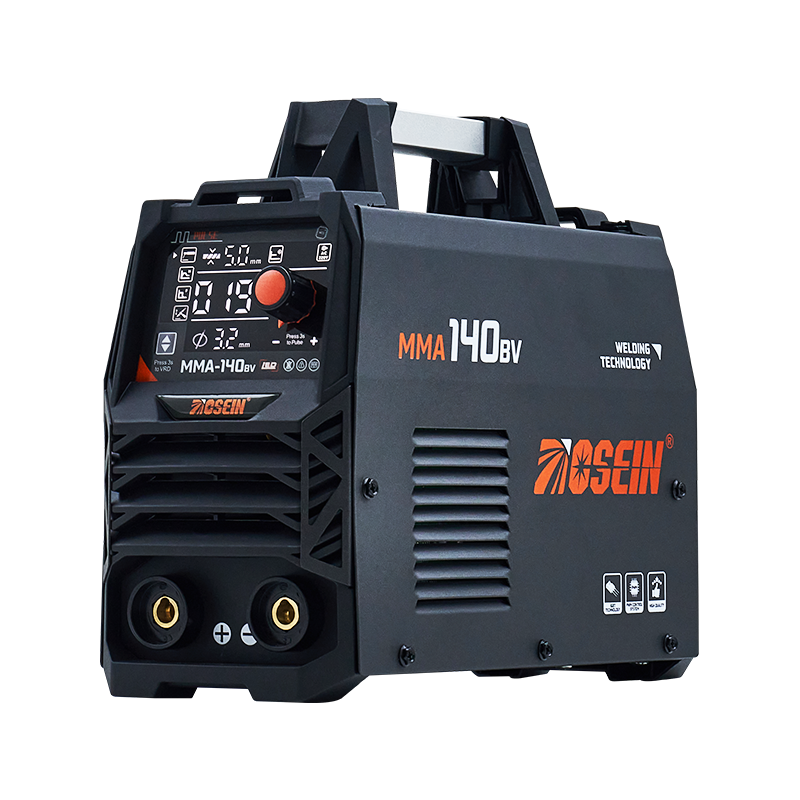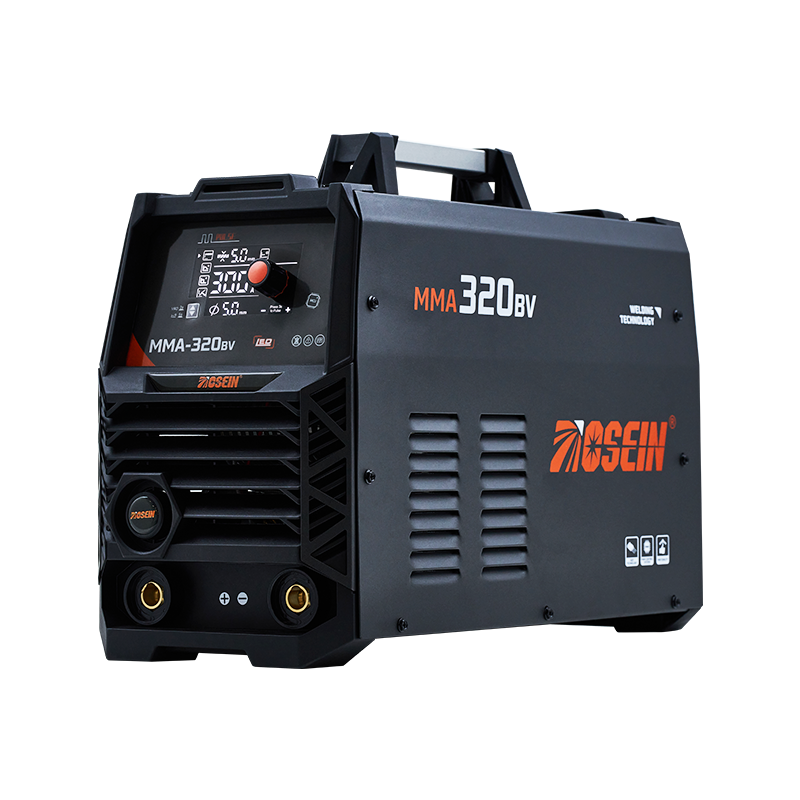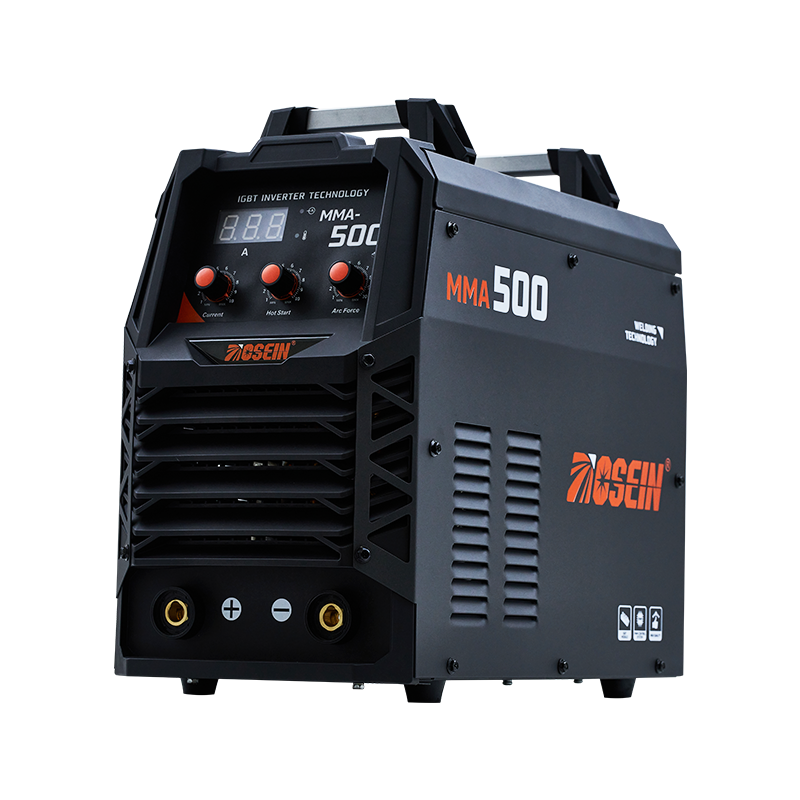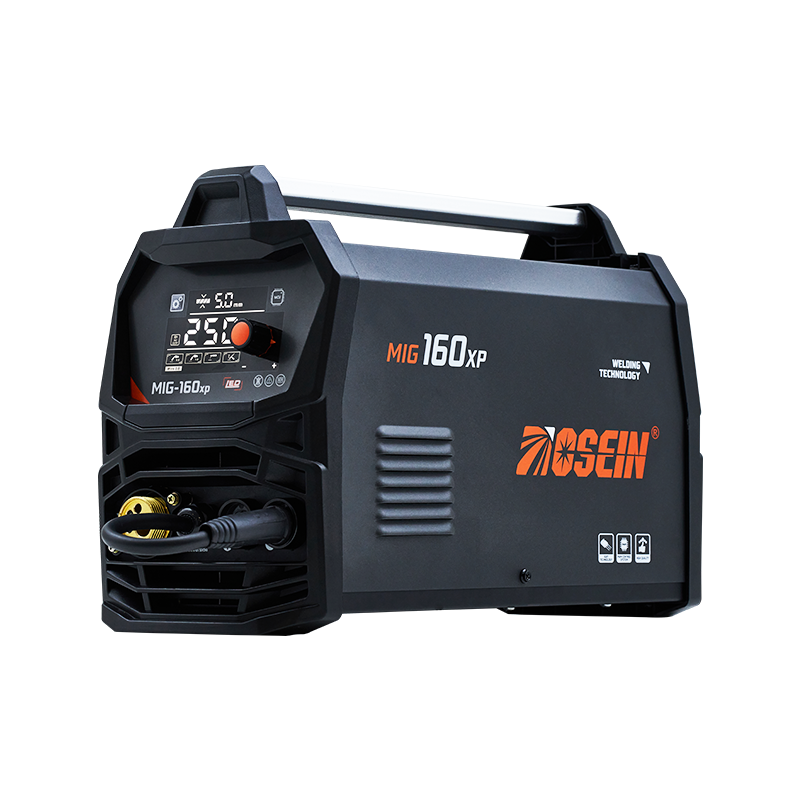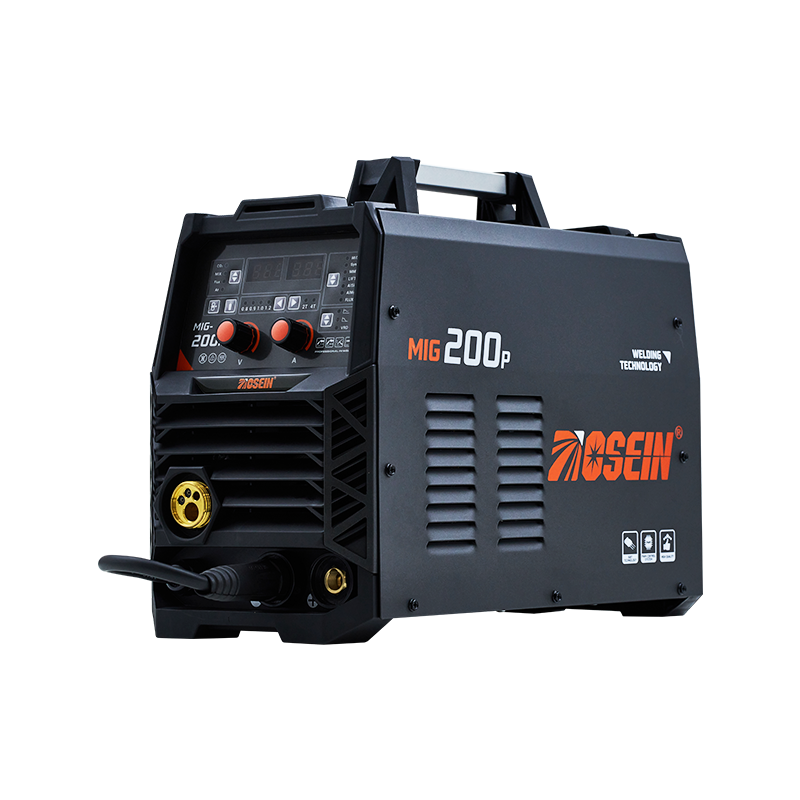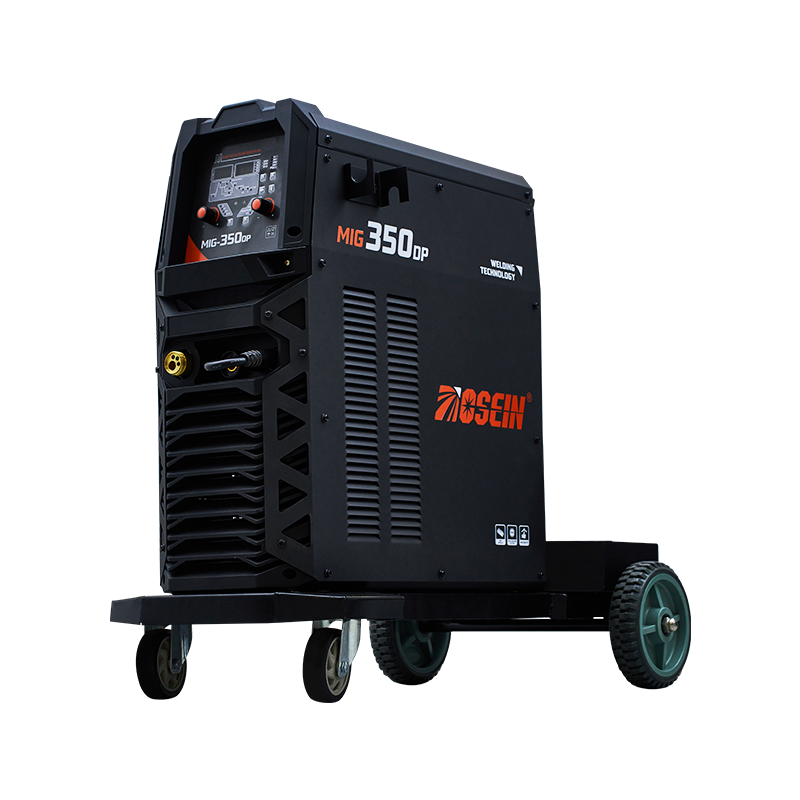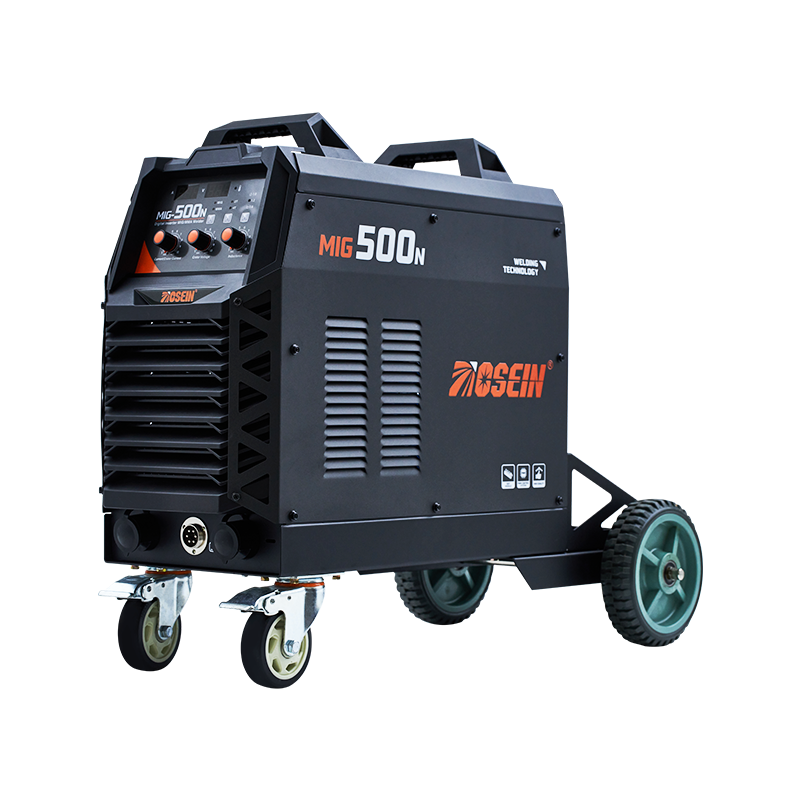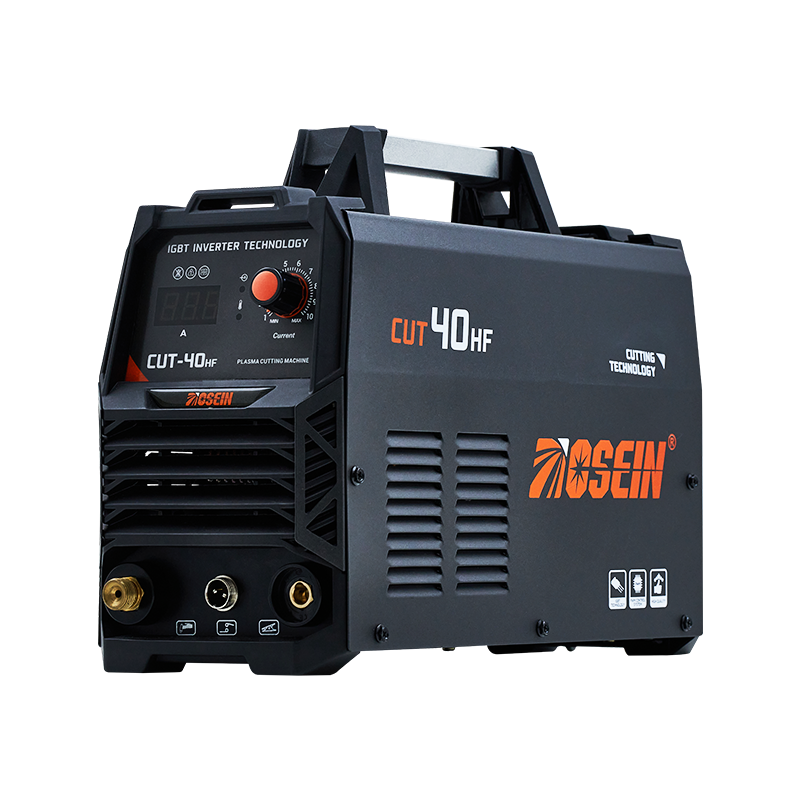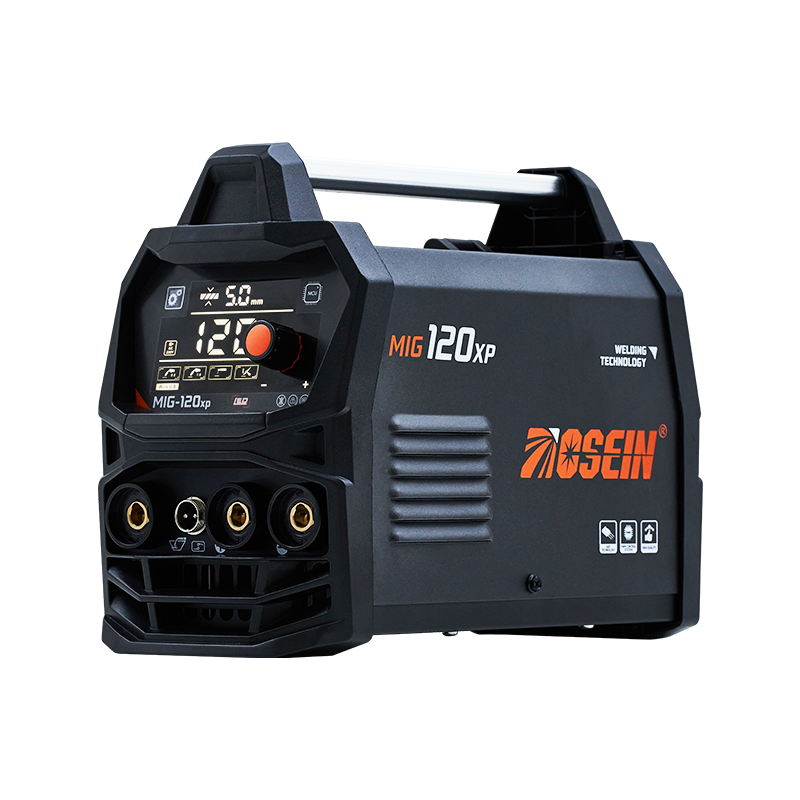
Small welding machines have become increasingly popular among hobbyists, small workshop owners, and even professionals who need portable solutions. A home welding machine is designed to be compact, lightweight, and user-friendly, making it suitable for tasks that don't require a full industrial setup. Unlike larger systems, these machines can easily fit on a workbench or be carried to different job sites, offering flexibility for various projects.
How Compact MIG Welders Fit Into Small Workshops
The compact MIG welder is a type of small welding machine that provides continuous wire feeding for gas-shielded MIG welding. It is particularly useful for welding thin metals and small structural components. While it may not match the output of large industrial MIG machines, a compact MIG welder can still produce clean, strong welds if used correctly. Its portability and ease of setup make it ideal for home workshops or small-scale fabrication, allowing users to work on projects ranging from metal furniture to minor automotive repairs.
Advantages of Inverter Technology
An inverter welder is another form of small welding machine that has transformed portable welding. By converting AC power into a controlled DC output, an inverter welder provides a stable arc with less spatter and improved efficiency. This technology also allows these machines to handle varying input voltages, which is especially useful for home or mobile setups. A well-designed inverter welder can handle MIG, MMA, or TIG processes, giving users versatility in a single compact device.
Achieving Professional Results at Home
One common question is whether a home welding machine can deliver results comparable to professional equipment. The answer is yes, in many cases. For example, using a compact MIG welder with proper technique, shielding gas, and quality consumables can produce welds that meet structural and aesthetic requirements for small to medium projects. Similarly, an inverter welder can handle delicate materials like stainless steel or aluminum with precision when the correct settings are applied. The key is understanding the limitations of small machines, such as maximum metal thickness and duty cycle, and working within those parameters.
Practical Tips for Using Small Welding Machines
To get the best results, users should focus on preparation and consistency. Proper cleaning of metal surfaces, correct electrode or wire selection, and consistent welding speed are essential for achieving durable welds. For beginners, starting with a home welding machine or compact MIG welder on scrap materials can help build skill and confidence. Additionally, using an inverter welder with adjustable settings allows users to fine-tune the arc for different metals and thicknesses, which is critical for professional-looking results.
Small welding machines, such as a home welding machine, compact MIG welder, or inverter welder, offer surprising capability for both hobbyists and small-scale professional work. While they may not replace large industrial equipment for heavy fabrication, these machines provide portability, flexibility, and precision for a wide range of applications. By understanding their features and limitations, operators can achieve professional results without needing a large workshop or complex machinery.
With careful technique, appropriate consumables, and proper settings, small welding machines can be a reliable solution for creating strong, clean, and precise welds, demonstrating that professional-quality work is achievable even with compact equipment.
